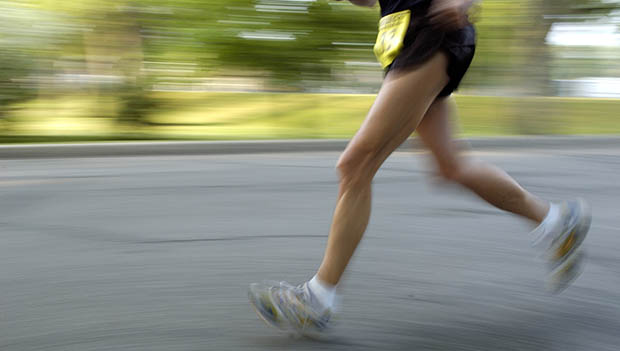
Ask me at any given time what my long-term running goals are and my answer will usually be the same: to eventually qualify for the Boston Marathon. But unlike most of my running peers, I’m usually not zeroed in on this goal all year round. I usually run my hometown marathon—the Houston Marathon—every January, which means I don’t have to really start building up my mileage until about mid-September. Still, I continue to regularly run year-round to maintain my fitness. But while all my friends are out there chasing marathon PRs in fall races, I prefer to use the “offseason” to focus on getting faster at shorter distances, such as the 5K.
“Summer is the perfect time to focus on getting faster with 5K races,” Sarah Booth, a certified run coach at REVO2LUTION RUNNING in the Houston area, says. “All races require training, but shorter races will require less aerobic capacity training than a longer race, like a half or full marathon.”
Summertime is especially great for focusing on the 5K because in hot climates, it’s often all that’s available as far as local race distances go, and there’s usually one taking place just about every weekend. It’s also a great time to add in speed work to your training, according to Booth.
“All races require aerobic capacity (long, slow mileage) but adding anaerobic training (speed work where you catch your breath) becomes more critical for shorter races,” she says. “Running in a shorter race means you don't have to spend all your time on the long, slow runs. You can instead add more speed work days to mix up your running. This could include a longer warm-up/cool-down period so you can keep building your aerobic capacity, too.”
There are several different types of runs that will help build speed in 5K training, Booth says. An acidosis threshold (AT) run is your fastest sustainable aerobic pace before you start to fatigue. Your AT run is 20 to 25 seconds slower than your 5K pace and should feel comfortably hard. The point of these runs is to raise your blood lactate threshold and hold it for the duration of the run. Meanwhile, VO2 max intervals are run at the maximum rate your body can consume oxygen. These are run 10 to 15 seconds faster than your 5K race pace. Finally, anaerobic capacity intervals refer to the ability to generate speed without oxygen. These workouts are run at mile race pace or 30 to 35 seconds faster than your 5K pace.
Booth advises runners to spend four to six weeks on one type of speed workout before moving to another one and to aim to feel fatigued yet not completely spent by the end of each one. She also doesn’t assign a set number of reps to each one, instead advising runners to run as many as they can initially and then increase the number of reps each week.
Sample workouts:
- 10- to 15-minute warm-up, mile repeats at AT pace with 1-minute jogging recoveries in between and a 10-minute cool-down
- 10- to 15-minute warm-up, 800 meters at VO2 max pace with 2:30 jogging recoveries in between and a 10-minute cool-down
- 10- to 15-minute warm-up, 400 meters at mile race pace with 1:30 jog recoveries in between and a 10-minute cool-down
Finally, since the staple of long-distance race training is the long, slow runs, racing summer 5Ks will help build your speed for when your marathon training season finally rolls around. All the hard work you put in will carry over, you’ll have greater aerobic and anaerobic capacity built up and you’ll be able to run your longer distance training at faster paces.
Training in hot and humid summer weather—while often miserable in the moment—will also ultimately serve as an added bonus. By training in tough running conditions during the summer, your training runs will feel much easier when the weather cools down in the fall.
READ THIS NEXT: How to Run a Faster 5K


